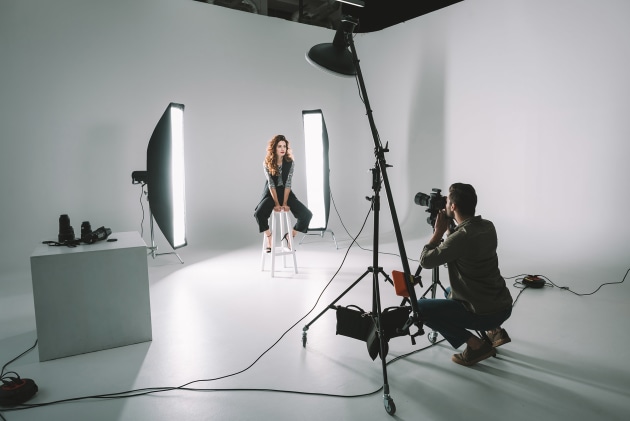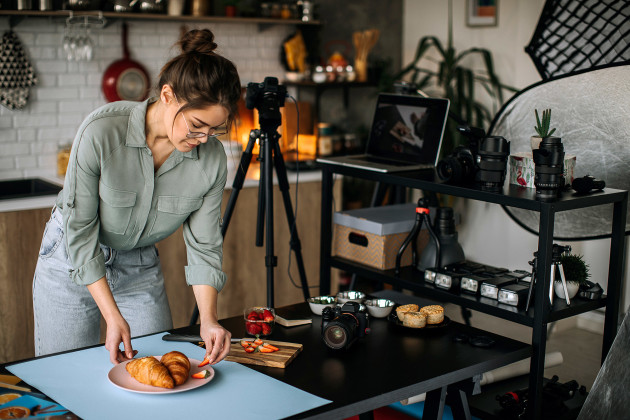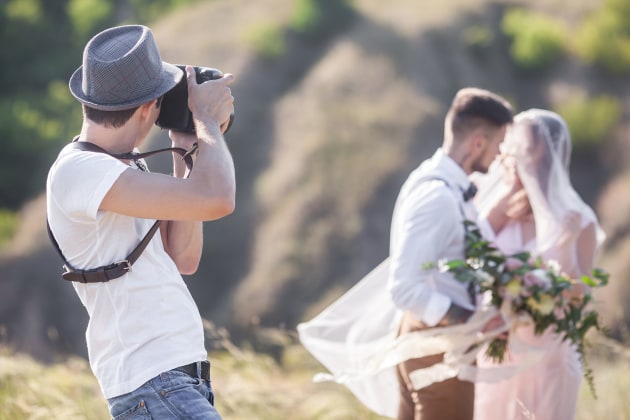Financing your professional photography business: How to save on equipment
SPONSORED BY SAVVY

Looking to take your photography business to the next level? Here are some clever tips to help you get the gear you need.
When you are being paid for your photography work, clients expect a professional level of service which requires a certain standard of professional photography gear. The problem is, photography is expensive – whether as a hobby or as a pro. So, what can you do to reduce the cost of financing your professional photography business?
We’ve put together four useful tips to help you save money on your next equipment purchase.

1. Figure out what you absolutely need – and stick to your budget!
One of the first mistakes photographers make when buying kit is going overboard. While it’s great to have a backup for absolutely everything and only ever buy the very best gear, your budget is your budget, and that’s exactly where you should start planning your spend. Let’s look at some of the bare basics of any good photographer’s kit:
• A great camera
• Lenses
• A computer, along with editing software
• Memory cards
• A carry-bag
• Tripod
Most photographers can get by without a whole truck-full of specialist equipment. Stick with the basics initially, and only expand your range when you’ve earned enough to cover the spend. It’s all too easy to buy equipment you’ll never make full use of, especially if you’re packing a credit card with a high credit limit.
Using a small personal loan instead, is a great way to enforce your budget. That way, you’ll have a finite ceiling for spending, and a defined repayment structure too. Credit cards carry the significant disadvantage of minimum monthly repayments. When you don’t pay off the principal borrowing, you pay interest instead – which can become extremely costly over the long term.

2. Buy second-hand if you can
The trouble with the average electronics store is that you tend to leave with an empty wallet or a creaking credit card balance. When your profession or passion is technical, there’s always one more gadget you could use, and it can get expensive fast.
Websites like eBay can save you a substantial amount of money when you’re buying gear. Bidding on used equipment often means you can get features and options you couldn’t afford if you purchased brand-new. A surprising amount of professional gear gets sold on auction sites when it’s still relatively new. However, the case of ‘buyer beware’ exists in these circumstances. It is good practice to request original purchase receipts prior to purchasing second-hand equipment.
Furthermore, figure out when second-hand gear makes sense, because it won’t always. A basic model camera is probably not worth considering when you run a business for instance – whereas saving $200 or so on a quality carry bag that someone bought and just never used is a complete no-brainer.

3. Bide your time and hit the sales
When you buy can be just as important as what you buy. Coming up on tax time, many stores and equipment suppliers hold End of Financial Year sales. Furthermore, don’t forget, if you are running a photography business your equipment is tax-deductible.
It’s also a good idea to keep an eye out for discounts and flash sales during the year. You should also consider signing up for manufacturer newsletters so you’re more likely to hear of any special offers.

4. Look for grants and concessions
Often, there is help available when you need to purchase equipment for your business. You can search online for grants and check out available government concessions.
Remember, the Instant Asset Write Off has been extended until 2022. You can use it when buying assets for your business – including photography equipment – and it applies to both new and second-hand equipment.

